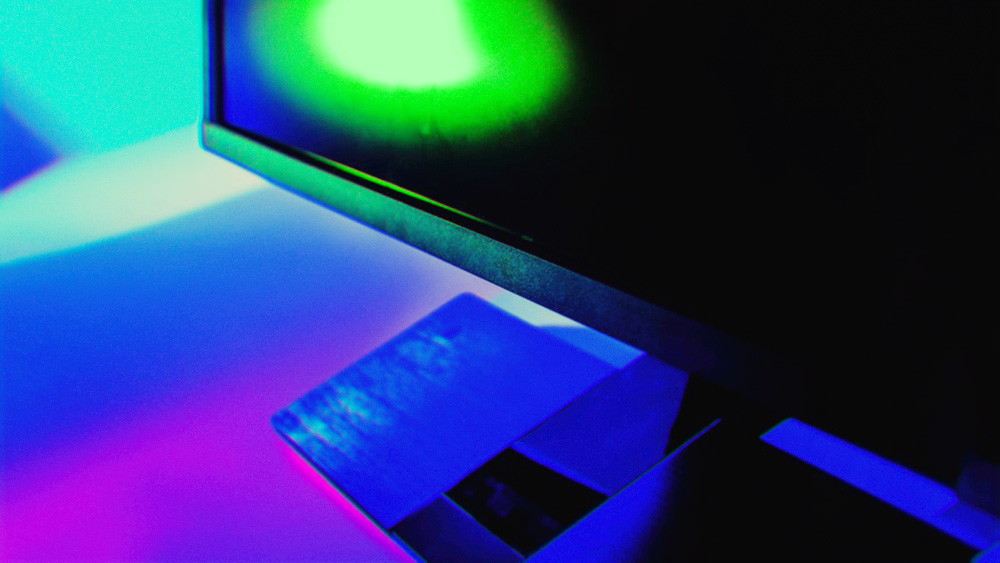
In addition to ray tracing and AI-based DLSS 2.0 anti-aliasing, modern video games (in particular, Fortnite) also support NVIDIA Reflex technology, which is designed to reduce the system latency that occurs between pressing a button and displaying an action on the screen (for example: pressing a mouse button - a shot).
Measuring input lag is tricky, which is why NVIDIA Reflex uses a suite of firmware. First, let's talk about the new 360 Hz esports monitors with the G-Sync module running the Reflex Latency Analyzer. In addition to the obvious benefits of high refresh rates in competitive gaming, the integrated display “lag analyzer” measures the latency of supported mice connected to the monitor, PC latency, and frame display latency.
All of these statistics are displayed through the GeForce Experience interface. By analyzing latency at different stages, esports players and professional players can improve their tactics, optimize game settings, or assemble a PC with the lowest latency.

Which graphics cards support NVIDIA Reflex and how to enable it
NVIDIA Reflex, , , . , NVIDIA Reflex , Maxwell ( 900- ), G-Sync- - , NVIDIA. Reflex, .
NVIDIA Reflex:
, CPU 1-3 ( , , ). , . — . NVIDIA Reflex .
Reflex, , . — , , GPU - . .
NVIDIA Reflex
NVIDIA Reflex is currently supported in Fortnite, Valorant, Call of Duty: Warzone, Call of Duty: MW 2019, Call of Duty: Cold War , Destiny 2, and Apex Legends. In the near future, support for the technology will appear in online shooters Overwatch and Rainbow Six: Siege. And Warzone, by the way, will soon also receive DLSS 2.0 support, which should lead to an even higher frame rate for smooth gaming.
Let us know in the comments what you think of NVIDIA's Reflex technology. Let's discuss: is this candle technology worth it? Or is it just another marketing gimmick to improve sales of 144/240/360 Hz monitors. What do you think?